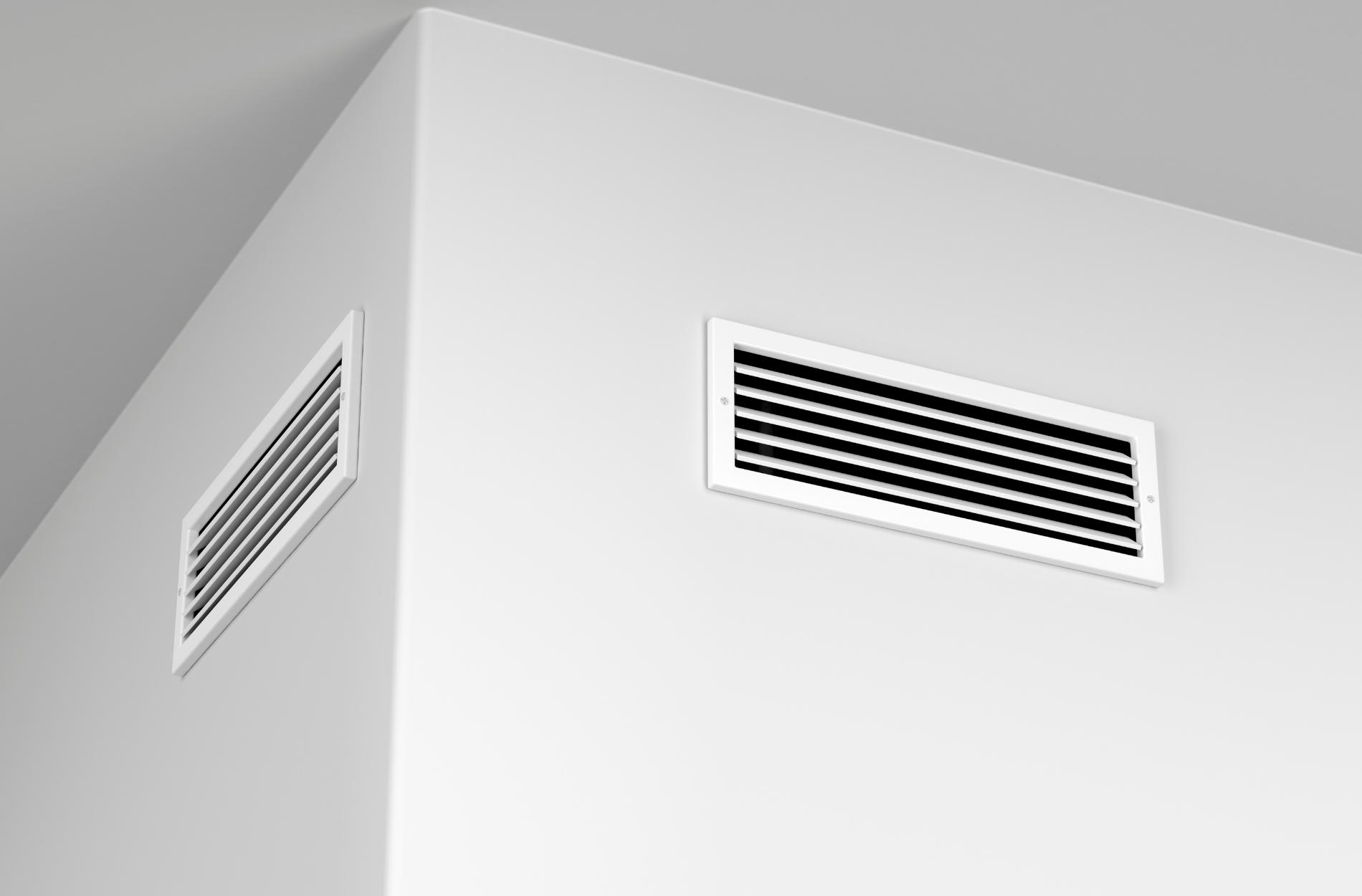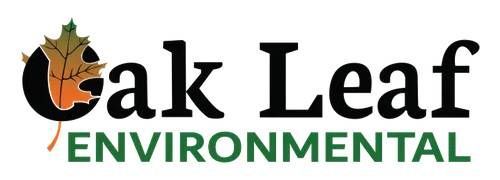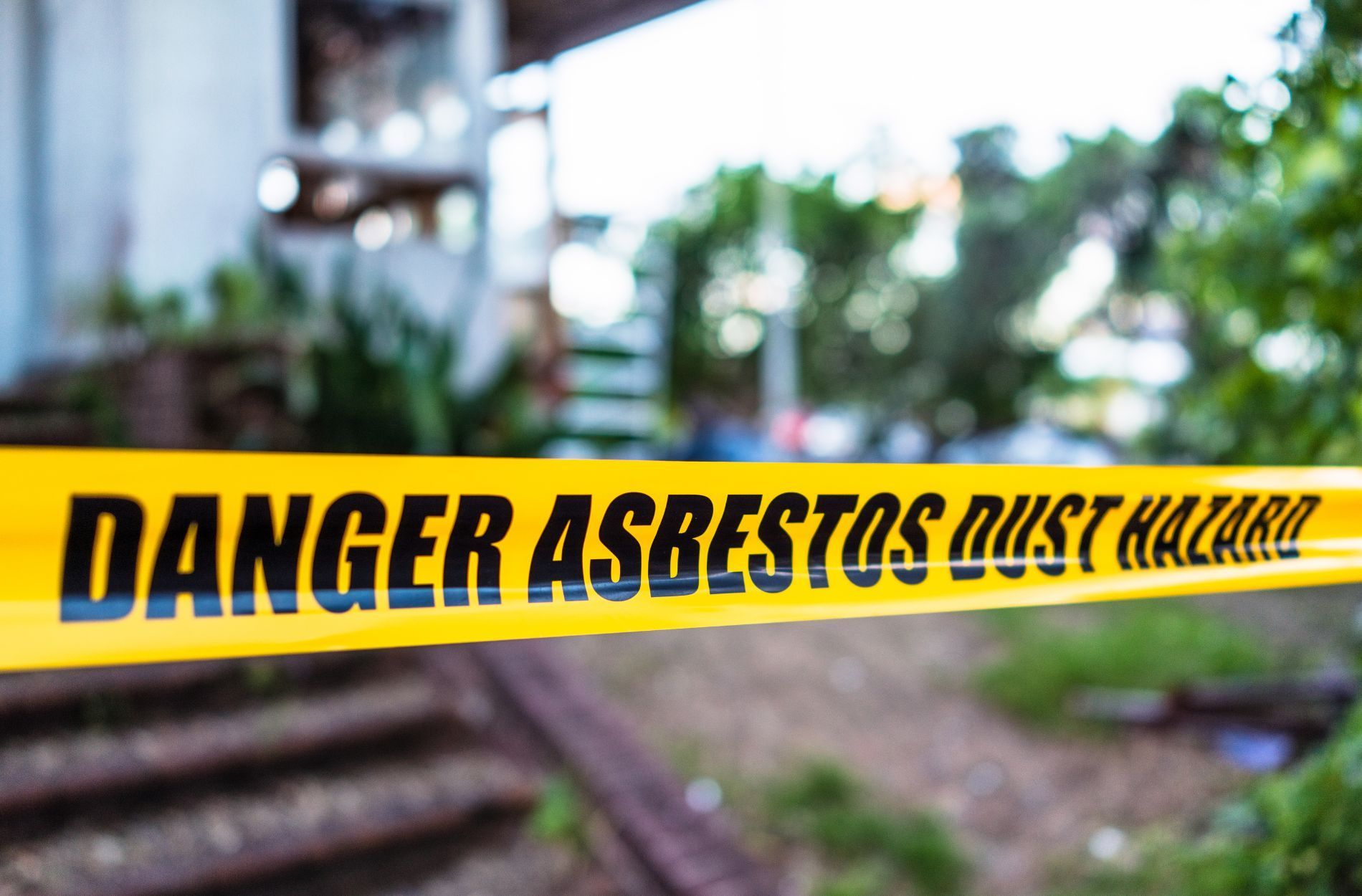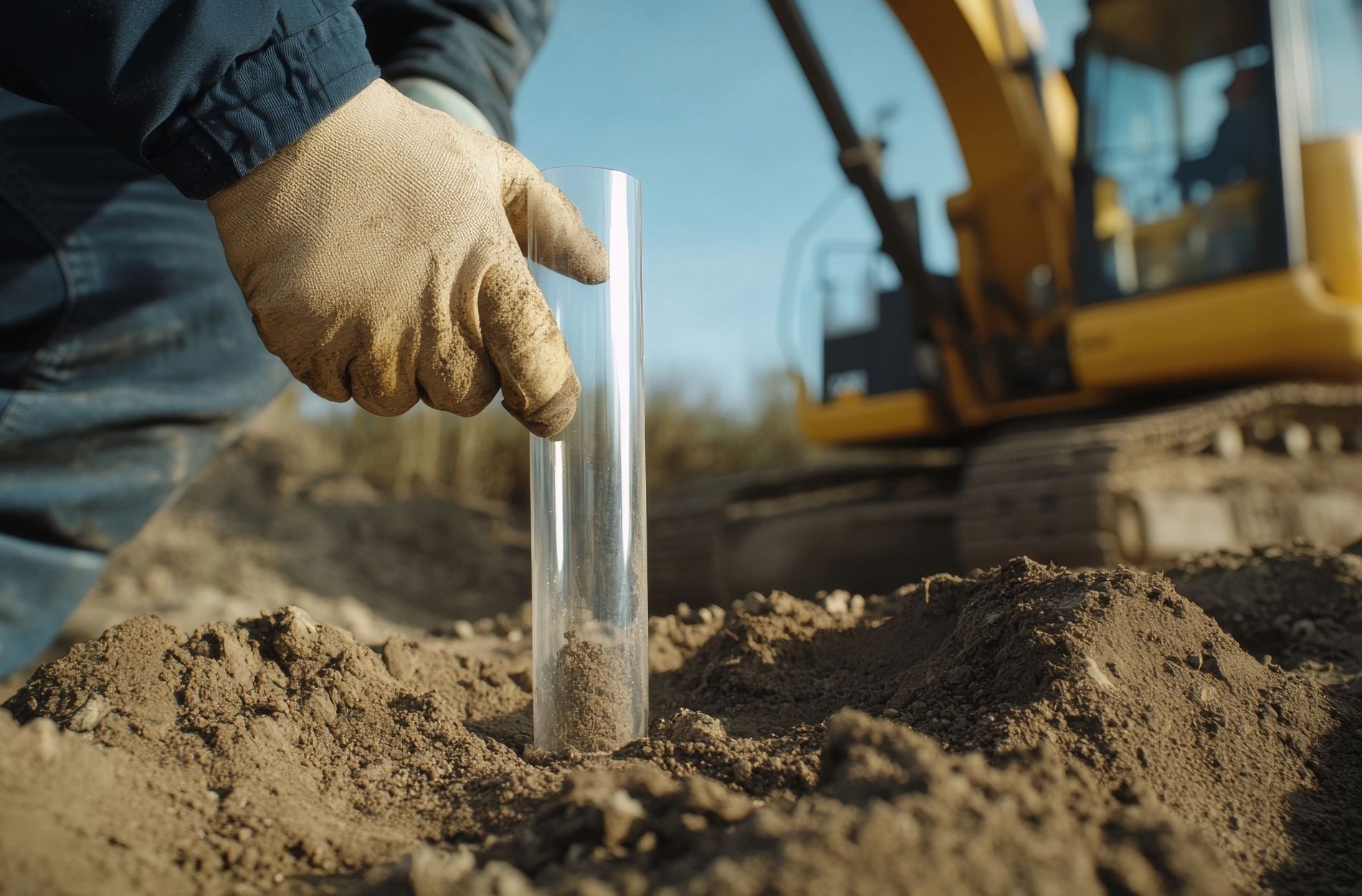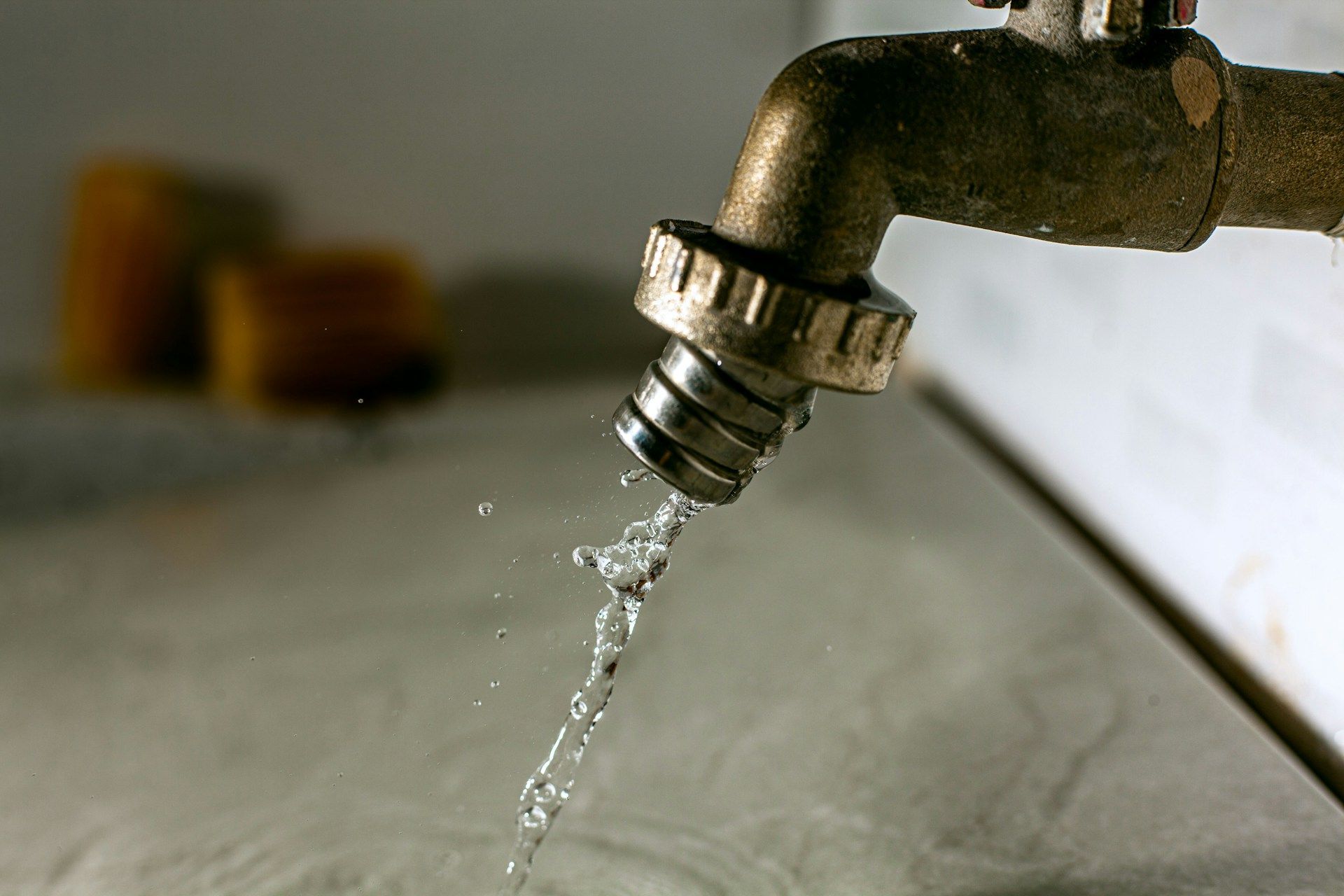Protecting Children From Lead Paint Exposure In Older Homes
Old buildings often have charm, character, and history that draw people to them. But behind the painted walls and ornate trim, there could be hidden dangers, especially for children. Lead paint, once used in many homes and commercial buildings built before the late 1970s, still clings to surfaces in places where renovation or proper removal hasn't been done. Kids are especially vulnerable to its harmful effects, and many parents may not even know their child is being slowly exposed.
Even small amounts of lead exposure can affect a child’s development. The risk is even greater when paint starts peeling or chipping, often around windowsills, doors, or baseboards. Children may touch these areas, put their hands in their mouths, or breathe in dust that contains lead particles. That’s why learning how to spot potential hazards and take action is one of the most valuable things you can do in homes, schools, or daycare settings that were built decades ago.

Understanding Lead Paint Exposure
Lead paint is made with lead compounds that were added to paint to improve durability and color. At the time, this seemed useful. But over the years, it’s become clear that lead exposure can cause serious health problems. Lead paint was commonly used in homes built before 1978, which means many older buildings still have it hidden beneath layers of newer paint. If the surface is undamaged and undisturbed, it might seem harmless, but the moment it cracks, chips, or is sanded, it becomes a hazard.
The problem isn’t always visible. Lead can collect in dust particles that settle on furniture, floors, and toys. If a small child crawls across the floor or puts their fingers in their mouth after touching a dusty windowsill, they could be exposed without anyone knowing. Homes, apartments, schools, and even older childcare facilities are common places for this kind of exposure.
Common sources of lead exposure in older buildings include:
- Peeling paint on walls, ceilings, and trim
- Dust from lead-painted surfaces or renovations
- Painted woodwork like railings, windows, and doors
- Contaminated soil near old buildings where paint chips may have fallen
- Old painted furniture passed down through generations
Even toys or household goods made before the ban on lead paint may still carry risk. That’s why it’s important to identify these sources early and take steps to reduce or completely remove exposure before it becomes a bigger problem.
Signs and Symptoms of Lead Poisoning in Children
One of the biggest challenges with lead poisoning is how quietly it can creep in. Many of the early signs are easy to miss or get confused with other common conditions. Some kids might show no clear symptoms at all until levels get higher. That’s why knowing what to look for and acting quickly makes a real difference.
Physical signs can include things like fatigue, stomach pain, or loss of appetite. Kids might also get headaches more often or complain that their muscles or joints hurt. None of these are unique to lead poisoning, but when seen in combination, especially in a child living in an older building, they should raise concern.
Behavioral changes are another big clue. Children exposed to lead over time may become more irritable, have trouble focusing, or seem more forgetful than usual. These changes can easily be mistaken for common childhood phases or even learning difficulties. But when they pop up without clear reason and stay around, it’s worth digging into what’s going on.
Some children may also struggle with:
- Delayed growth or development
- Speech problems
- Hearing issues
- Trouble sleeping
- Clumsiness or balance issues
If you’re noticing these signs and suspect there may be lead in your environment, don’t wait. A simple blood test can tell whether lead is present in your child’s system. From there, proper steps can be taken to address the source and reduce the impact. Early detection is key, and acting sooner rather than later can help prevent lasting problems.
Preventive Measures for Reducing Exposure
When living with or working near older buildings, it’s wise to take simple steps that help lower the chances of lead exposure. Things like paint chips, dust, and even contaminated soil all add up over time. While lead paint might be buried under years of fresh coats, wear and tear can quickly bring it to the surface.
Some proactive habits can go a long way:
- Wet-wipe windowsills and floors regularly to reduce lead dust. Avoid dry dusting as it stirs up particles.
- Wash children’s hands and toys often, especially after they play on the floor or outside.
- Keep children away from windows or doors where paint is chipping or flaking.
- Take off shoes before entering the house to reduce bringing in contaminated soil.
- Block off access to areas undergoing renovation or repair until it's confirmed safe.
Daily routines like these can make a real difference, but they have limits. Deep cleaning doesn’t mean the lead is gone. If you suspect lead might be present in any part of your living space, a professional inspection is the best way to be sure. Experts can check painted surfaces, soil, and even household dust to track down exposure points.
Routine maintenance can also help. For example, repainting walls that show wear, repairing damaged trim, or sealing surfaces with protective coatings can keep old paint from chipping. But these are sometimes just temporary fixes. If the original lead paint hasn’t been properly handled, safer long-term options like remediation may be needed, especially when kids live in the space.
The Process of Lead Remediation
Lead remediation isn’t the same as a quick cleanup or cover-up. It’s a thorough process that deals with the root of the problem. If lead hazards are found, trained professionals follow a series of steps based on where the contamination is and how severe it is.
Here’s how it generally works:
- An inspection is done first. Specialized testing tells whether lead is present and where the highest risks are.
- Surfaces with lead, like walls, trim, or even floors, are removed, sealed, or covered using approved methods.
- Lead dust is cleaned up using tools and gear designed to stop it from spreading to other parts of the building.
- A clearance test is done at the end to make sure the space is safe for children and others to use again.
Remediation often involves isolating the area and wearing protective gear to avoid contamination. It’s a detailed job and should always be handled with care by licensed teams who know the safety rules and have the right tools.
It’s also smart to consider remediation if you’re planning a renovation. Tearing out old cabinets or sanding down window frames can stir up hidden lead unless it’s handled correctly. A good example is a family who decided to remodel their 1950s home and discovered lead paint under five layers of newer paint during prep. They immediately stopped the project and called in professionals, which helped them avoid unnecessary risk to their toddler who was often nearby.
Giving Kids a Safer Space to Grow
Keeping kids safe from lead exposure starts with knowing it’s a problem and watching for the warning signs. If you live, rent, or send your child to a space that may have aging paint, heavy dust, or signs of peeling surfaces, don’t brush it off. What might seem like a small repair could be hiding something much bigger. Getting a professional opinion is one of the smartest ways to protect your child’s health.
With so many older homes and buildings still standing, it isn’t always obvious what lies beneath the surface. But taking steps like cleaning high-contact areas, setting up regular inspections, and removing hazards instead of ignoring them can go a long way. It may take a little effort up front, but creating a safe environment where your child can play, learn, and grow without hidden health risks is always worth it.
Creating a safe space for your family is important, especially if lead exposure is a concern. At Oak Leaf Environmental, we’re here to help you address those worries. For comprehensive solutions and expert assistance in making your home safer, explore our services in
lead remediation. Let's work together to ensure a healthier environment for your loved ones.
